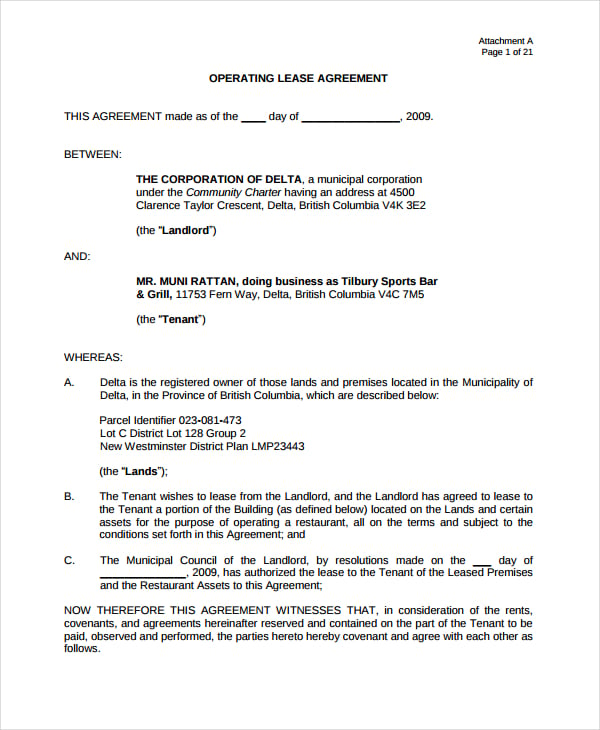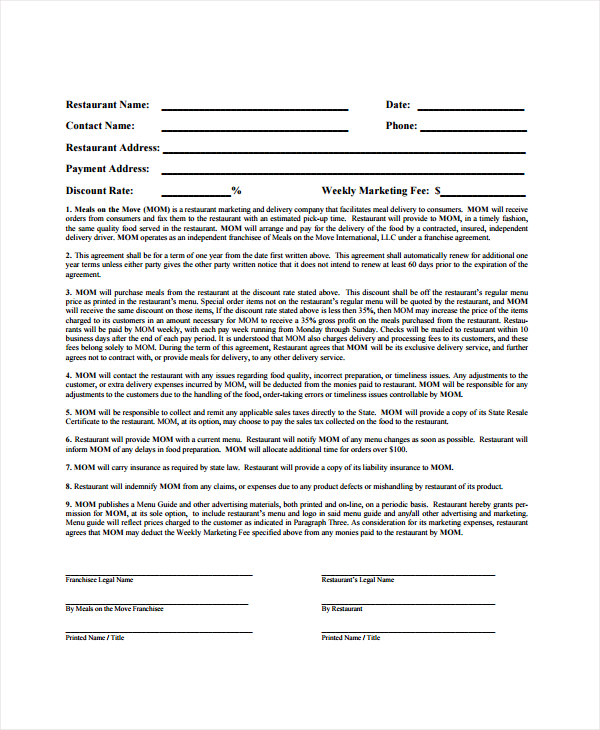
Can clients re-license the images? Can the client use them for multi-purpose outlets (advertising, menus, social media, etc.) or is use restricted? Defining these stipulations in advance is important! Clients can propose the idea of buying the images (copyright) outright or ask for an exclusive license, but there is typically more expense involved.Įducation- Take a little time to educate yourself. Licenses can be exclusive, time limited, perpetual, or revocable. This comes as a surprise to some (newer) clients. That doesn’t happen often.Ĭopyright- Unless otherwise specified, the photographer/studio owns the images and licenses them to their client. Having your layout in advance, where frames are already placed and the photographer just needs to fill them, is a real time saver. Sometimes fixing an image in post production that is shot with the wrong orientation does not provide the best outcome. If they are going on a website for example, do they need to be square? If so the photographer might use a different lens or set up for the shoot. Also knowing in advance the orientation and crop size of the images is important. Knowing what resolution the final product images need to be (in other words will they be used on a website or for print) helps the photographer know what to deliver. The technical stuff- It is helpful if the client relates the purpose of the photos to the studio. Payment terms- Is a deposit/retainer required? When will the final payment be delivered? Are interim payments needed (for purchasing items, hiring talent, renting equipment)? Is there a late payment clause? You wouldn’t just go and ask how much it costs to build a house. Fifty dollar food photographers are out there, but be sure to check their portfolio. Establishing a budget levels the playing field and allows clients to get competitive proposals from more photographers. Some clients are hesitant to verbalize a budget wanting to get the most for the least. There are a lot of photographers out there, with varying levels of experience, equipment, and understanding of all of the components of a successful photoshoot. It will save time and give all parties a framework to develop a workable agreement. Budgets do not need to be big, just defined. Knowing the budget helps the photographer frame the service. Some photographers charge for time, others per image. It will also help you define who you choose to do the job. Like most other products, knowing how much you have to invest is important. Who sources talent (models), makeup and hair stylists, etc., if needed?ĭoes the client provide an artistic or creative director to be on location or rely solely on the photographers judgement for the finished product?īudget- It is important for clients to establish a budget for the shoot. Who provides the space, the chef, the food, the food prep, the stylist (if needed), the set (dishes, flatware, backgrounds, etc.) Providing a specific shot list, if possible, will help everybody!

How many dishes need to be shot? Are there different angles or compositions for each? Again, some flexibility can be helpful but having an estimate of the number of images helps photographers identify pricing and timing. It is important for clients to attempt to conceptualize the food shoot.

Pulling inspiration images and creating mood boards usually take time, and the photographer will most likely build that into their estimate or give it as a separate quote as a creative fee. It can be part of the collaborative process.
BASIC PHOTOGRAPHY CONTRACT TEMPLATE RESTAURANT SERIES
If nothing else, clients can provide the photographer with a mood board or sample images acquired from the Internet or their own portfolio to help illustrate their vision.Īlternatively, clients can ask the photographer to construct a mood board (a series of images that depict the tone, light, and feel of the shots) and make suggestions on art direction. Specific details don't need to be defined in advance, but having a vision of the aesthetic is very helpful. A shoot outside on a picnic table is very different from an elegant place setting with candles and wine glasses. The aesthetic- It is helpful if a client develops some sense of what they want the the aesthetic to be to help the photographer deliver on expectations. These elements can remain somewhat flexible if all parties agree. Knowing the location helps the photographer understand travel details and timing.

The length of the shoot is almost always an estimate but should be established in advance.

Here are some things to consider when writing a contract for food photography.ĭate, Time, Length and location- Having at least a tentative date and time of day is important. A contract will help define the scope of work and put everyone on the same page, avoiding misunderstandings and getting the job right. It is best if clients and photographers have an understanding of what each others expectations are.


 0 kommentar(er)
0 kommentar(er)
